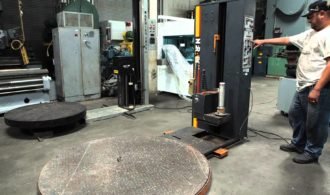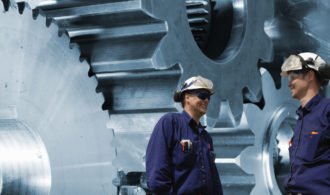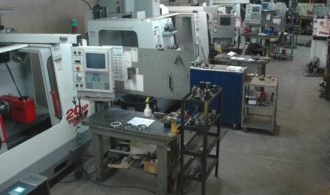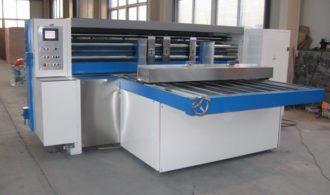Most people consider machine stretch wrap to have only one standard type available that is a simple, compact tube of plastic that is most commonly made from a Linear low-density polyethylene and that is the be all and end all. However, this is certainly not true and there have been changes in industries that have meant new forms of film have developed.
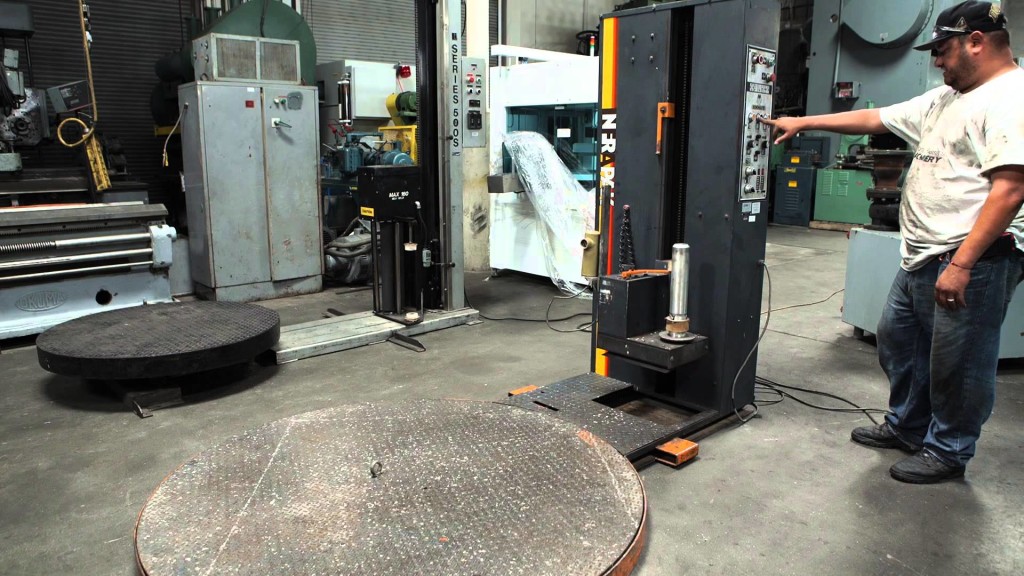
There are a variety of different types of machine stretch wrap and hand stretch wraps on the market depending upon what you require them for and what the products you are wrapping include.
Cast Stretch Wrap – Named due to the way it has been formed, cast stretch wrap is a film that has superior clarity and offers a material that is second to none for the ability to see through your protective sealing. They do come available in hand stretch wrap and also a machine compatible alternative depending upon the request of the user. It is inexpensive to purchase and costs much less to manufacture to give those kinds of costs to the buyer. Easy to stretch, advanced clinging to products, and a higher tear resistance make this cast-extrusion created film a great packaging solution for your shipping measures.
Blown Stretch Wrap – Rather than being formed through cast extrusion, blown stretch wrap receives its name from its own process of manufacturing; blown extrusion. This process gives it some different properties to cast stretch wrap. It is far stronger as a film and is more resistant to damage, making it the better alternative for holding more difficult to wrap, angular, and heavy products. Anything that needs to be adequately protected such as easily perishable containers should be wrapped with blown stretch wrap. The only issue is that it does not have the same
levels of clarity as cast stretch wrap – a more clouded appearance when stretched – and is significantly more expensive. With this in mind, however, it is easy to see blown stretch wrap as the best solution for protection despite the added cost of its manufacturing.
Equivalent Stretch Film – This is a film that again focuses on strength as the primary concern for packaging. Essentially it is a film that uses multiple layers to create its density and increase its performance as a protective sealant. In the manufacturing process, there is a distinctly smaller level of petroleum resin used, giving us a film that is cost-effective for the levels of protection that it gives. The following two films are both examples of the equivalent film family.
Hybrid Stretch Film – A more thinly made film that doesn’t lack in its performance. Created with a highly damage resistant resin formula, it can give as much protection as possible for its thickness. As it is so thin, it is not ideal for heavier loads, but this is not to say it is a weak film – it is incredibly strong and resilient and can make your shipping solutions far more comfortable in your mind and in your wallet.
Micron Stretch Film – A multi-layered film, taking your security to heart in its practical uses. It acts as a further way to advance the strength of your wrapping, whilst also providing a great amount of cling against your pallets and is incredibly resistant to tearing. No more worrying about losing your products or having to require additional
strapping – this stretch wrap is a great advantage for any business looking for maximum output for minimal cost.
Stretch Machine Film – This film is specifically developed to be used with machinery. The reason that you require a different type of film is that machines are far more capable of keeping materials stretched effectively when compared to hand wrapping techniques. It can be more well used in regular quantities and is often a low-cost solution for high-cost machinery. Shopping around for deals is highly recommended as bulk selling can save you even more money in the long run.

